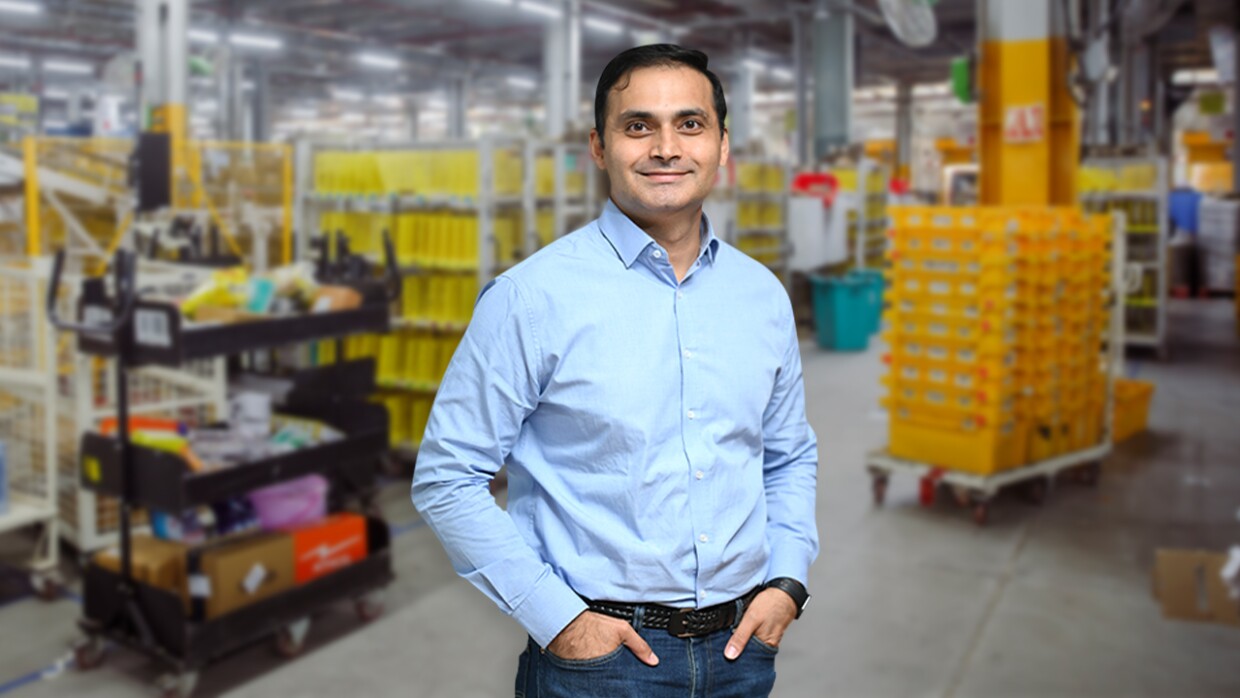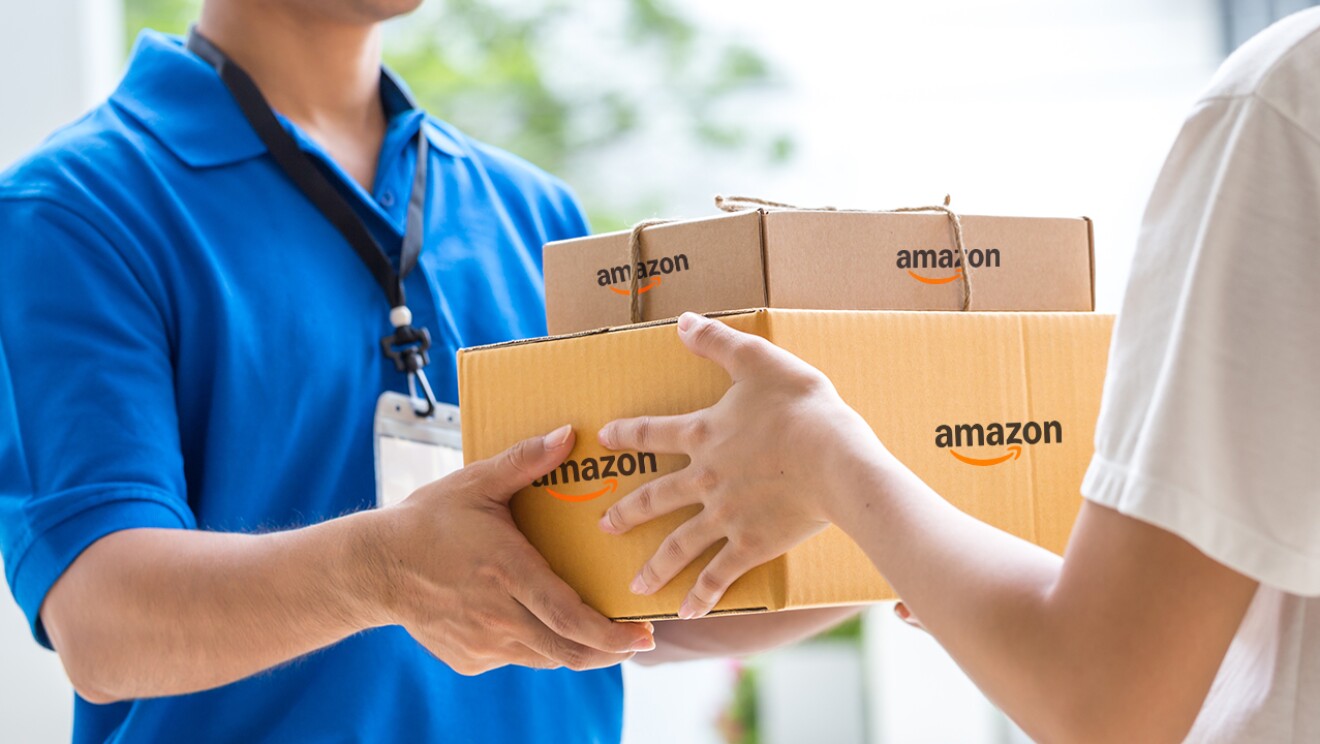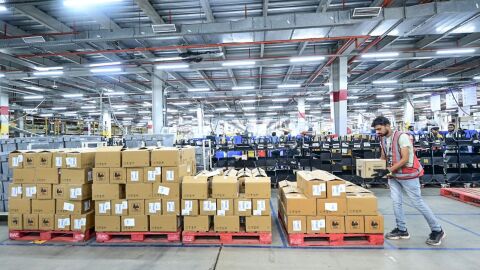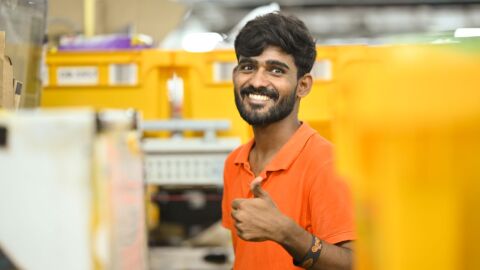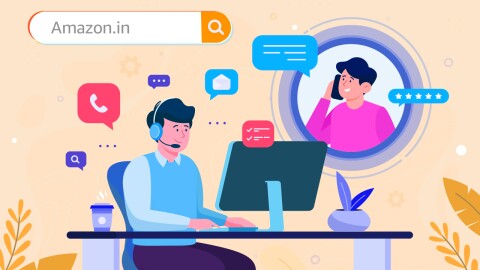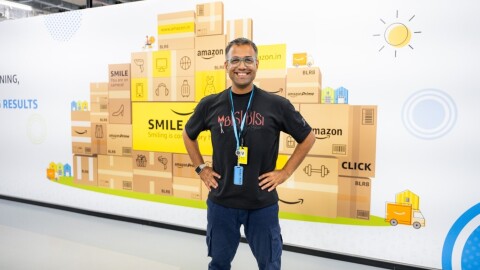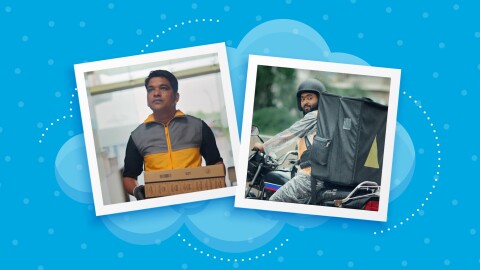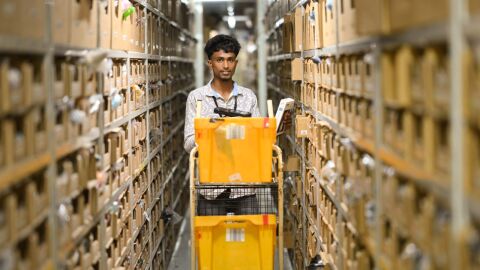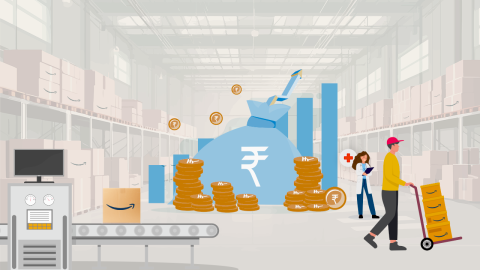Amazon’s India operations team, led by VP Abhinav Singh, is charting an ambitious course. The team has clear goals for 2025: expanding fulfilment infrastructure into tier 2 and 3 cities, upgrading facilities for harsh weather conditions and deploying technology to help customers in every serviceable pin code shop with ease. Abhinav, a former ship captain who now heads operations for India and Australia, is focused on what he calls "a pursuit of excellence" through a commitment to both speed (for customers) and safety (for employees, associates and partners). His immediate priorities are launching 100 Ashray or rest centres for delivery associates across the logistics and ecommerce industry in the next few months, expanding and upgrading Amazon's ops network to deliver even faster to customers nationwide, and setting new safety and reliability benchmarks for India's fastest pan-India operations network. Abhinav also talks about his journey from commanding LNG vessels to becoming a regional leader for Amazon operations "What's kept me here for nearly 13 years is the ability to invent," he explains. "It's a place where if you're deeply passionate about customer outcomes, nothing else matters—you get the resources and freedom to invent."
Edited excerpts from a recent conversation:
1. From captaining ships to leading Amazon's vast operations network—your journey is fascinating. What inspired the leap from the merchant navy to e-commerce, and what memorable moments have shaped your Amazon journey?
The transition to e-commerce came after my MBA at ISB Hyderabad (2011-12), following a Harvard case study on Amazon's business. Amazon’s Leadership Principles and culture of innovation resonated deeply with me. Amazon hired me for India operations through the Pathways Operations Leadership Program but the Amazon.in launch was delayed (launch happened in 2013). So, I had to pivot to product management and was supporting multiple countries in tech roles. But I found myself drawn to India's unique challenges and by 2015, I was truly immersed in India operations, steering everything from third-party carriers to fulfilment networks. Amazon's startup spirit—the freedom to chart new courses and solve customer problems using tech and innovative thinking. In what might be the world's largest startup, we're given both the compass and the resources to navigate toward meaningful innovations. This balance of autonomy and impact has made the journey rewarding.

2. Amazon’s operations network has expanded and become more complex from the time you started. It comprises employees, associates, entrepreneurs and truckers who serve our customers 24x7. We deliver in 100% of India’s serviceable pin codes using rail, road, air and waterways. From your vantage point, what are Amazon’s operational priorities for 2025?
I think our priorities are set and fairly steady over time. Our mission for India operations is to build the safest, fastest, most reliable pan India fulfilment network at the lowest cost to serve. That mission is a pursuit for excellence. Amazon has always been known for reliability in India. Customers deeply trust our ability to deliver to their doorstep. Cast your mind back to 2012: a courier would cost ₹300, might arrive the next day if you were lucky, and tracking was unheard of. We envisioned a world where billions of items—even mixer grinders—could be delivered reliably overnight. What changed? We pioneered and scaled fast deliveries in India, building infrastructure from scratch when we saw the market lacked the right capacity. Working with small entrepreneurs, we created last-mile and middle-mile networks, establishing fulfilment centres across India—effectively building a nationwide logistics ecosystem from the ground up. Today, we're not just benchmarking against our global operations or the industry as a whole but reimagining what's possible through technology integration, operational excellence and collaborating with local ecosystems. This approach ensures we can navigate whatever currents the e-commerce landscape brings, while always keeping our customers' experience steady and strong.
3. We keep hearing about reducing cost to serve across Amazon. How do you balance reducing costs and driving operational efficiencies while ensuring customer experience remains exceptional?
Great question! But let me tell you that cost is an output, not something you control directly. You can't reduce costs by simply cutting expenses or pushing people harder—you must change the inputs that drive those costs. Technology is our most powerful tool for this balance. For instance, we use advanced routing algorithms to create high-density delivery paths, allowing associates to accomplish more in less time without compromising safety. We prioritise balanced capacities for our delivery partners, ensuring efficiency and care in every package assignment. Our systems enable safe package carriage by ensuring that delivery associates carry optimal loads. Another key strategy has been partnering with businesses of all sizes from large logistics networks to small entrepreneurs. Our 'I Have Space' program, for instance, leverages 28,000 local shopkeepers who deliver packages during their downtime (Amazon partners with local stores and business owners to deliver products to customers within a 2-to-4-kilometer radius of their store under the ‘I Have Space’ program). Managing this vast network of small partners requires sophisticated technology for seamless onboarding, account reconciliation, payments, performance management, training, and communication—but yields a fundamentally lower cost structure than traditional ways of managing supply chain operations. We also partner with institutions of national importance such as India Post and Indian Railways so that we are able to deliver to customers in the most optimal way. From a reliability perspective, our advantage comes from Amazon’s culture and our Leadership Principles. You don't need to remind anyone at Amazon operations that customer obsession is paramount. When you ask our operations team about their priorities, they'll immediately say "safety and customer obsession." This shared understanding ensures consistent decision-making throughout our organisation—everyone knows that after safety, customer experience takes precedence over short-term cost considerations. This approach allows us to continuously innovate as a multimodal player, utilising all available transportation methods—road, rail, air, and even waterways—to reach customers efficiently across every serviceable pin code in India.
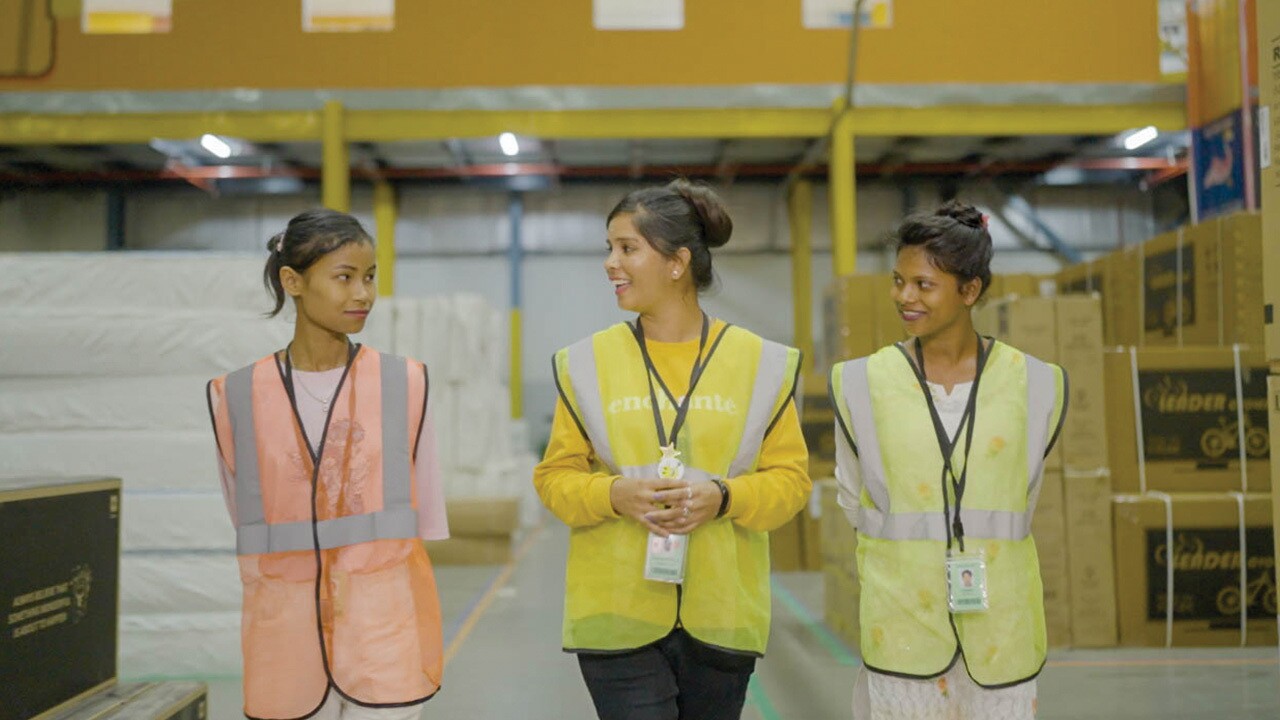
4. Customers in India care about speed at all times, especially when it comes to daily use items. On this count, what innovations are you most excited about in the coming year?
The growth of quick commerce in top metros reflects customers' increasing demand for convenience and speed. We already have 'Amazon Now' as a limited pilot in select pin codes of Bengaluru. It’s a trial to offer even faster speeds (15 minutes) on a selection of everyday essentials from our sellers that customers often need quickly. That said, our broader focus remains on enabling the largest selection—running into hundreds of millions of products—available to customers in every single pin code across the country (not just top metros), in the fastest and most reliable manner. For Prime members, we deliver a curated selection of must-have products offered by sellers at budget-friendly prices. This includes groceries, pet supplies, beauty, health care items, baby products, cleaning products and supplies through Amazon Fresh, in 2-hour blocks and as early as 4 hours. Couple this with 40,000 items delivered in 2-4 hours, 10 lakh items the same-day and 40 lakh items delivered the next-day, and you see how Prime continues to serve customers for their diverse needs and desires.
5. Summer is upon us and that brings with it new challenges for the operations team. Are you planning any capacity or infrastructure upgrades to better both the customer and associate experience?
We fundamentally believe that customers everywhere are the same. They want price, convenience, and selection. The best way for us to offer these is by having our fulfilment centres as close to customers as possible. I’m super excited about being able to build and expand our fulfilment footprint in tier two, tier three cities where we don't have a fulfilment footprint right now. We continually invest in improving speed to customers. I'm also excited about the upgrades to our operations infrastructure—a continuous process to improve the experience and comfort of our people. All of our buildings have always been temperature controlled but now we are further upgrading that infrastructure because global warming is a reality and temperatures (including humidity levels) are soaring every year.
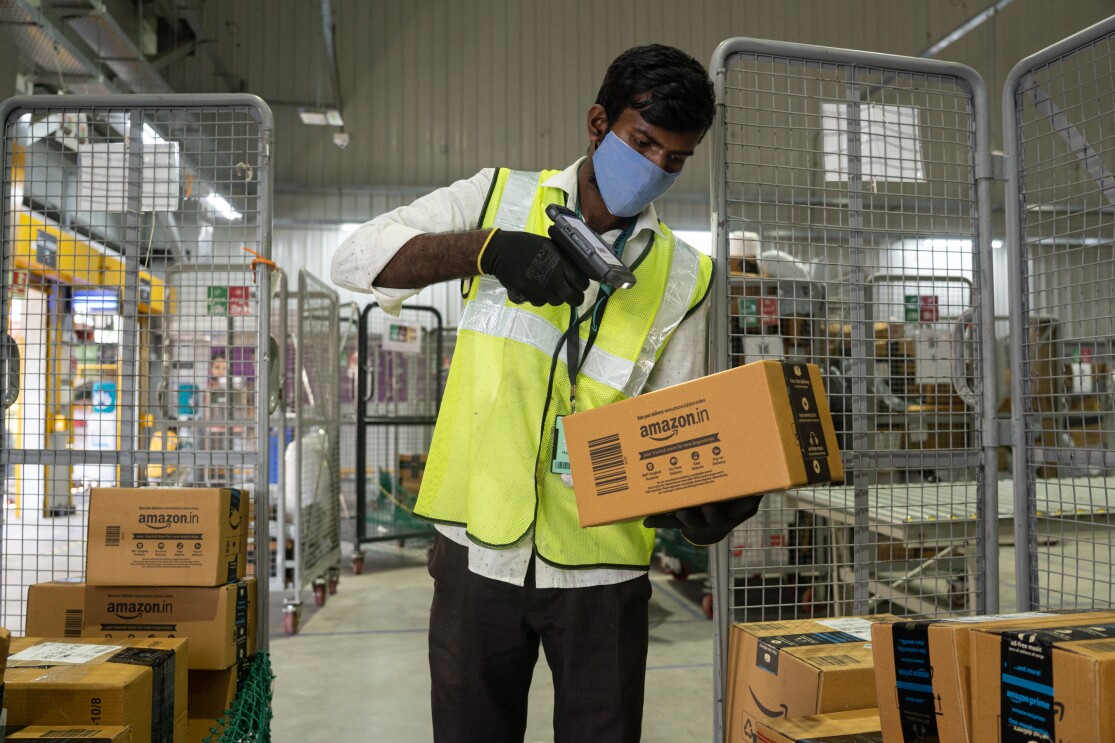
6. That’s impressive. Tell us more about how Amazon preps for extreme weather conditions…
We have a dedicated team of hundreds of safety professionals in India who work every day to implement our comprehensive policies and procedures. We closely monitor weather patterns across our operations network to prevent weather-related disruptions from impacting associates, partners or customers. By leveraging an Amazon-developed forecasting tool, we prepare our teams for extreme weather conditions, enabling us to swiftly implement response plans. For instance, if increasing heat or humidity is found inside buildings, teams act to provide comfortable working conditions, including temporarily suspending work if needed. All fulfilment centres are equipped with air-conditioned breakrooms. Additional cooling solutions, including enhanced ventilation systems, spot coolers, and misting fans, have been deployed in high-temperature zones to maintain a comfortable environment. Delivery operations are rescheduled in cities experiencing extreme heat and deliveries are restricted between 1 pm and 4 pm. Similarly, for monsoons, we have something called DVIC (Driver Vehicle Checks), which are basically multi-point driver vehicle checks that every driver does before they go out on the road. These are done to ensure roadworthiness of the vehicle. It includes things like checking tire pressure, tread condition and so on. We do training sessions on defensive driving because roads are hazardous at that point in time. So, depending on the season, we take necessary action. Last year, we conducted 6,000+ mock-drills across various business units to ensure readiness in the event of severe weather or other emergencies.
7. As the India operations leader, what keeps you awake at night?
I sleep very well (smiles) and I think that's thanks to the great team that I have and the systems and processes we have built over the years.




